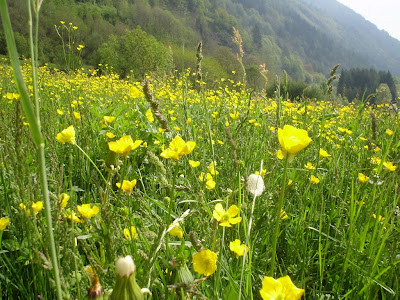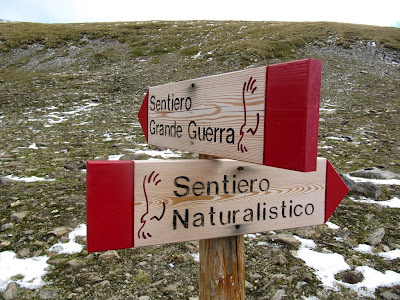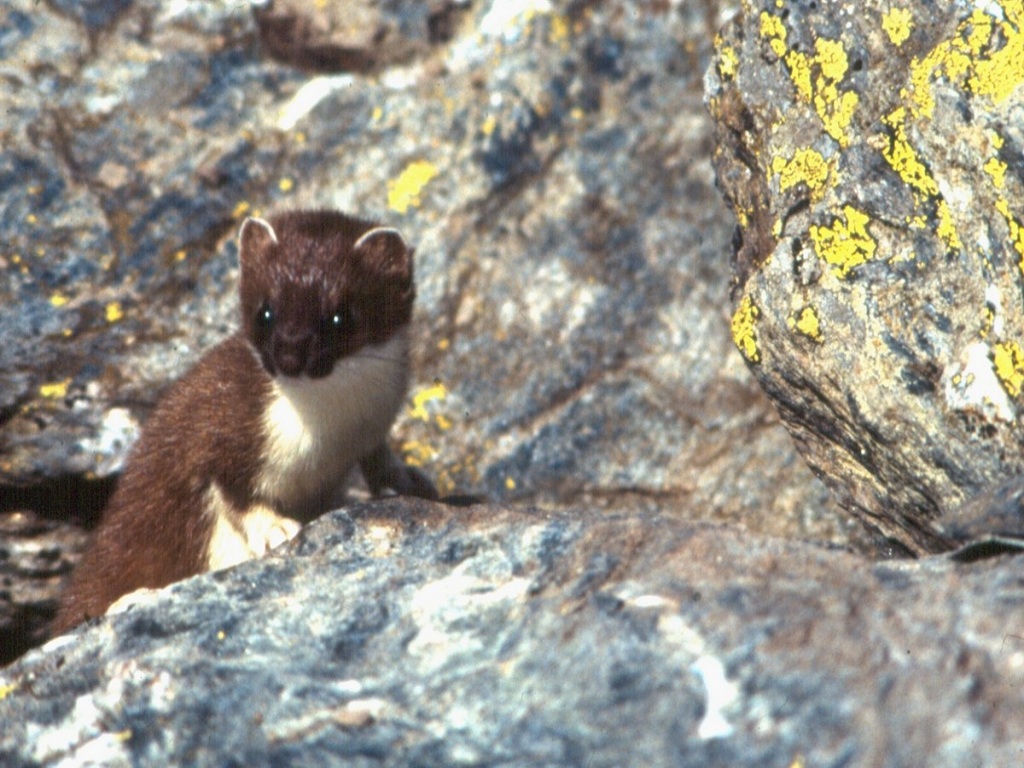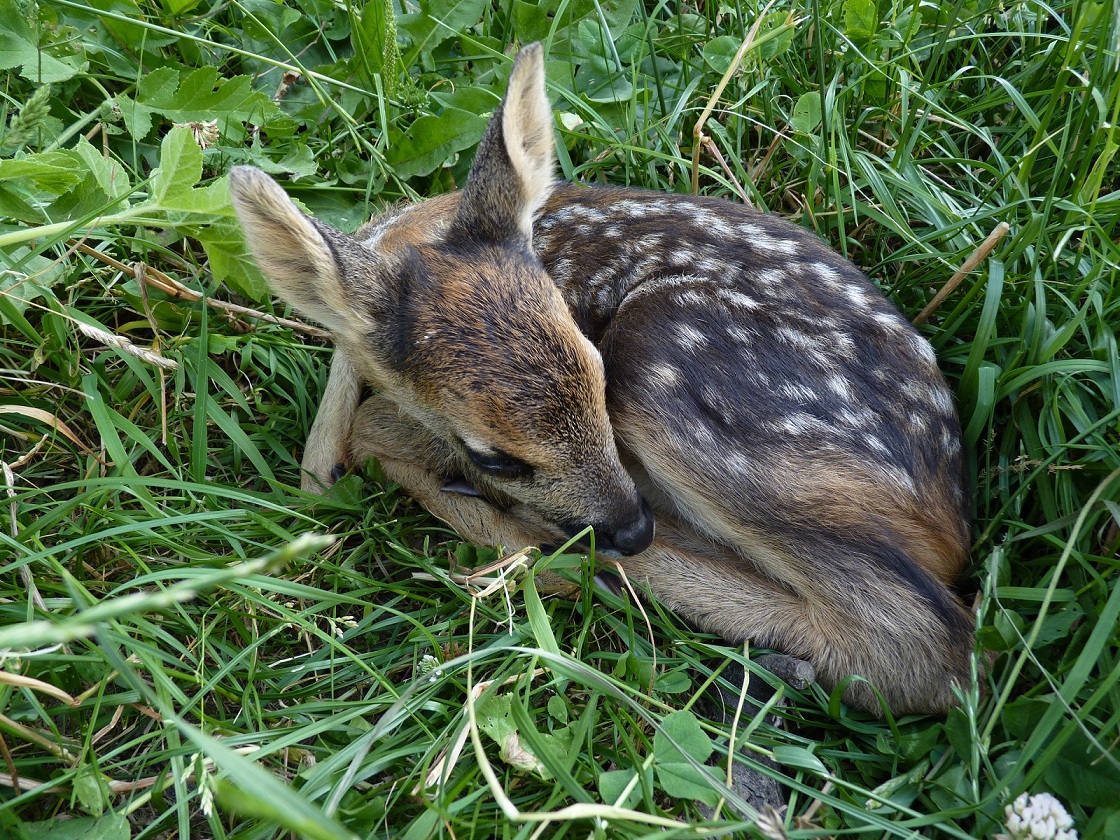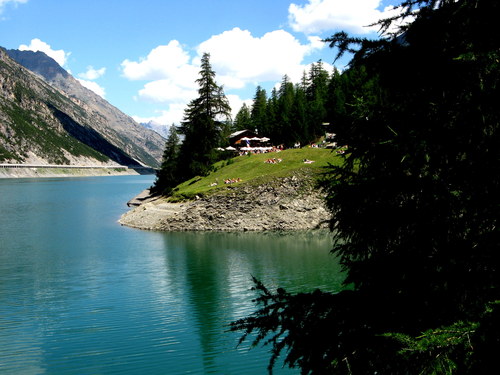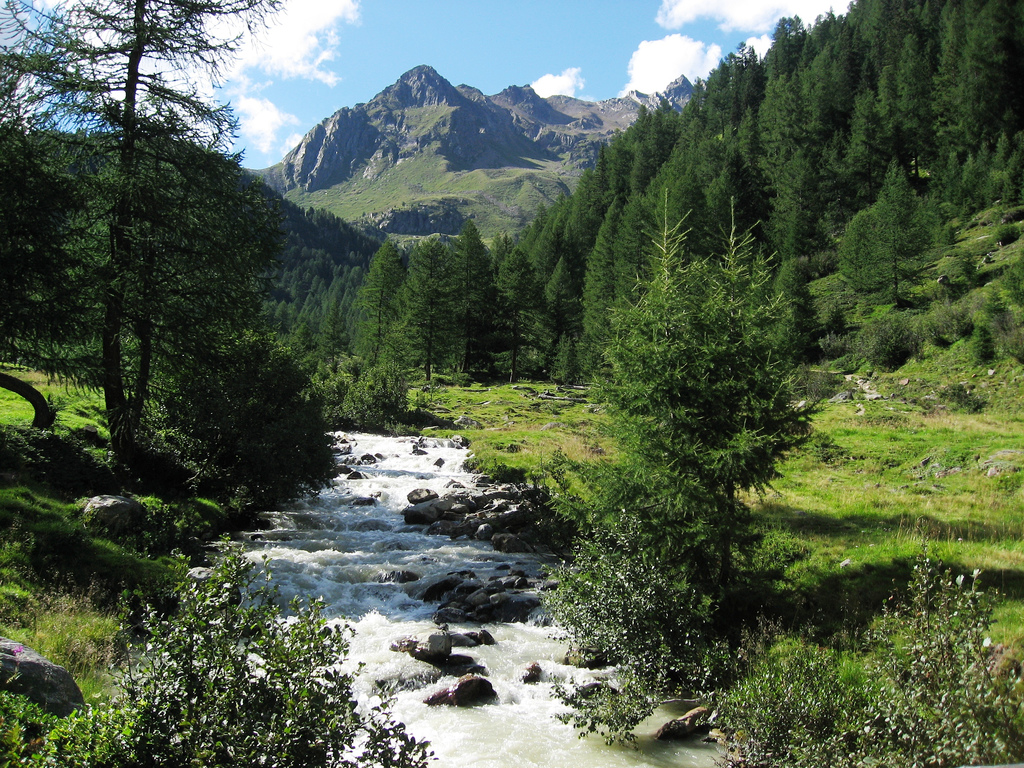
National Stelvio Park
This post is also available in:
 Italiano (Italian)
Italiano (Italian)
The Stelvio National Park was established in 1935. Initially, it covered only some 20.000 acres but today, after several expansions, it measures 334.000 acres and is the largest protected area in Europe. It is found among Lombardy, South Tyrol and Trentino, on the border with Switzerland and not far from Austria. At the centre of the park, there’s the frozen pyramid of Ortles, which is 12.811-ft high and dominates Trafoi and Solda valleys. Rock carvings, such as those of Capo di Ponte and Grosio, are the tangible legacy of primordial populations in this very area.
In the Stelvio Park, German and Italian cultures and habits meet. Take the different building materials, for instance, ranging from wood to Valtellina and Valcamonica stones, or the colourful dresses of women and the costumes of the Schutzen militia (which used to protect Tyrol).
The park is divided into three sections: Lombardy, South Tyrol, and Trentino.
Bormio’s Rezia Botanical Garden can be found in the Lombardy section, along with Sant’Antonio Valfurva Visitor Center (in Valfurva), the two information points “Torre Alberti” and “Temù” (respectively Bormio and Temù), as well as and a bicycle rental facility in Valdientro.
In Trentino, visitors can find the “Runcal” fauna reserve of Peio, along with an information point in Cogolo, and a visitor centre in Rabbi.
The South Tyrol sector offers four visitor centres: in Prato allo Stelvio, in Martello, in Stelvio, and in Ultimo. Another such facility can be found in Silandro.
This sector includes 116 glaciers and a hundred small and large lakes.
Flora and fauna
Inside the park, there are several typical animal species of the Alps, such as the Western capercaillie, the ibex, the bearded vulture, the golden eagle, the stoat, and many others among mammals, birds, amphibians, reptiles, fish, and insects.
Tree species inlcude Larix decidua, Picea excelsa, Betula verrucosa, Alnus incana, Pinus sylvestris, and other alpine varieties. Among the herbaceous and small shrubs, there’s the the Arnica montana, Rhododendron ferrugineum, the martagon lily (Lilium martagon), etc.
The complete list of flora and fauna is available on the official website of the Park.
Not to miss
Several popular festivals take place in the Lombardy section of the park: the Carnival, the Easter celebrations in Bormio, the Corpus Christi procession in Grosio, and the Merano Grape festival.
Several typical dishes can be enjoyed, such as pizzòcheri, tajadìn, mushrooms, game, trout, and cheese from the County of Bormio.
This post is also available in:
 Italiano (Italian)
Italiano (Italian)
Contatti
Via Roma 24 - Bormio(SO)
0342 901654
Altre info
Gratuito nel settore lombardo. A pagamento di fascia bassa nei settori altoatesino e trentino che varia in base all’attivitÃ

